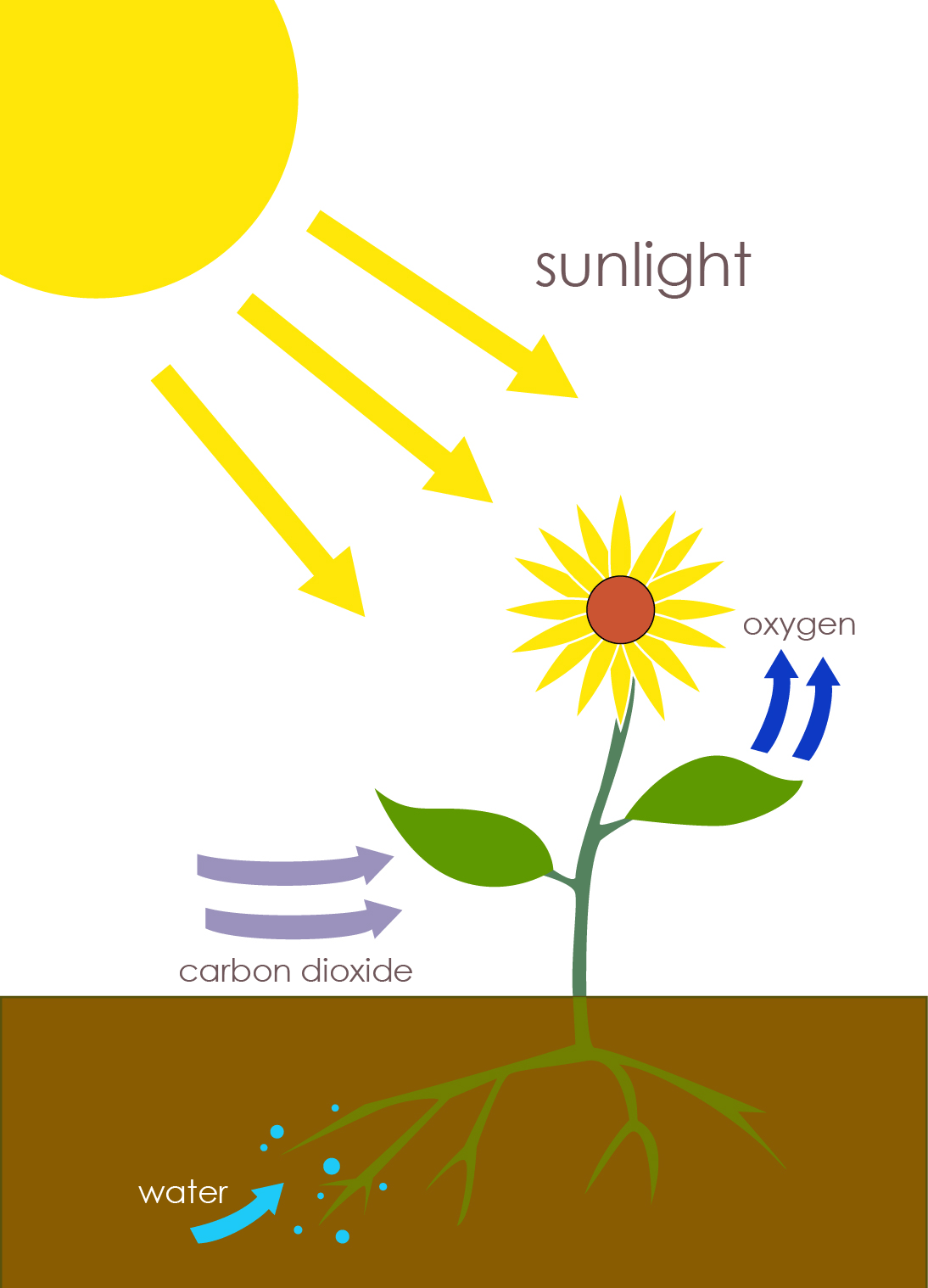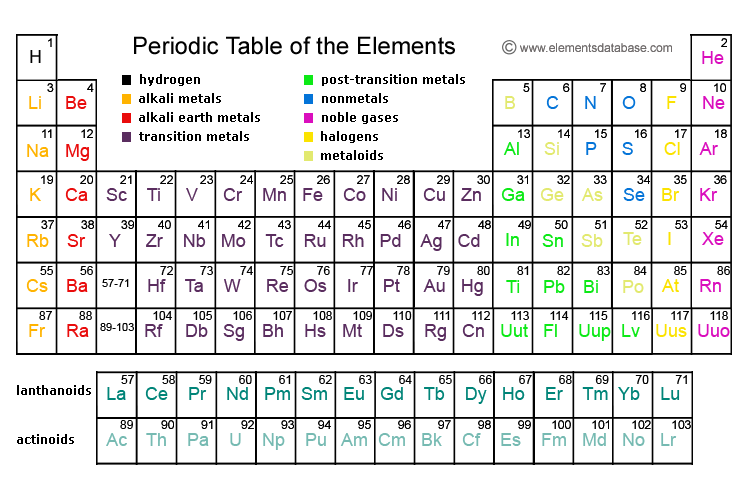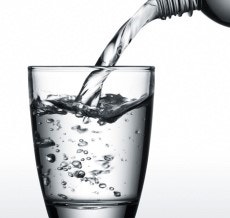 Hello, I’m back. Today is really tired because I have so
many works to finish... But even I am tired; I am still going to post my works.
Hello, I’m back. Today is really tired because I have so
many works to finish... But even I am tired; I am still going to post my works.
Today, I am going to post about Chemical Bonds
Chemical reactions happen around us all
the time. This happens when plants photosynthesis to change energy from sun in
to food, while cooking foods, and burning fuels.
Chemical reaction is a process when one or more
substances are changed in to other substances.
I will review what atom is first. (It's the first post I published). Atom is made up of nucleus and electrons. Nucleus is made up of protons and neutrons. As it sounds like, protons
have positive charge and neutrons have no charge. Around the nucleus,
there are different numbers of shells depending on the elements. These shells
are the track for the electrons. There 2 electrons on the first shell, and 8
electrons from next. Electrons orbit the nucleus really fast. So the people
call the form of orbiting cloud since it looks like a cloud.
We call the electrons on the outer shell Valence electrons.
Valence electrons are electrons that can be shared with the other atoms. These
valence electrons can be 1, 8 or between those numbers.
 valence shell
valence shell
If the atom holds full shell on the outer shell, we call it
is “stable”. When the outer shell is not full, which means there are no 8
electrons on the outer shell, we call it “unstable”.
When there are unstable atoms, atoms try to gain, loose or
share.
Ionic bond is when metallic positive ion and non-metallic ion bonds by electrostatic
attraction.
Electrostatic attraction is a force that draws
two elements together. For example, there is NaCl. This is compound of sodium and
chlorine. Sodium has 11 electrons, and chlorine has 17 electrons. This tells
that sodium has 1 electron at the outer shell, and chlorine has 7 at the outer
shell. Try to be stable, these elements will lose, gain or share the electrons,
but since they are ionic bond, they will lose and gain the electrons. Sodium
will give 1 electron and be + charged. Then, chlorine will gain one electron
that sodium gave. So, chlorine will have 8 electrons at the outer shell which
is stable.
Covalent bond is a combination of non-metal elements sharing
electrons. Different with ionic bonds, covalent bonds can have simple substance
and compounds. For example, H2 is a covalent bond. Each of the hydrogen share
1 electron. By adding 1 more electron, it makes outer shell full, which has 2
electrons. The other example of covalent bond compound is water, H2O. H2O Is
combination of 2 hydrogen and 1 oxygen. Oxygen has 6 electrons on the outer
shell, and hydrogen has 1 electron at the outer shell. To be stable, oxygen
needs 2 more electrons, but Hydrogen can only share 1 electron because hydrogen
only have 1 electron at the outer shell. So to make 2 electrons, oxygen
combines with 2 hydrogen which can add 2 more electrons, By sharing 1 electrons
each with oxygen and hydrogen, it makes 2 hydrogen and an oxygen have full shells.
Done! Did you learned A LOT? I hope you did, So...I will post next topic by next week! Come and read it again please! Bye~













